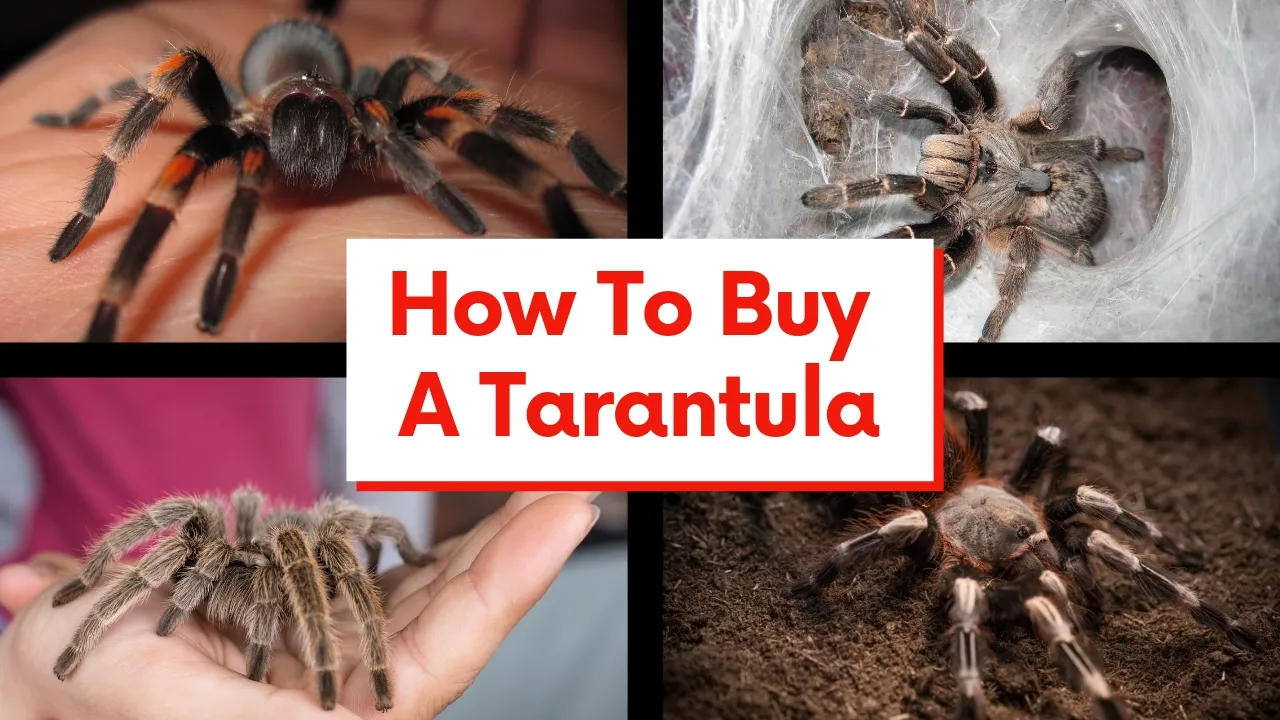Top 5 Beginner Tarantulas for Sale Amazing Choices
Embarking on the journey of tarantula ownership can be an incredibly rewarding experience. These fascinating creatures offer a unique perspective on the animal kingdom, and their care can be both educational and enjoyable. However, with hundreds of tarantula species available, choosing the right one for a beginner can feel daunting. This guide will explore the top 5 tarantulas for sale, highlighting the best choices for those new to the hobby. We’ll delve into their characteristics, care requirements, and why they are ideally suited for beginner keepers. Understanding the needs of these amazing arachnids is the first step towards a successful and fulfilling experience. Let’s discover the amazing world of tarantulas and find the perfect pet for you!
What Makes a Tarantula Beginner-Friendly
Not all tarantulas are created equal, especially when it comes to beginner suitability. Several factors contribute to a tarantula being considered beginner-friendly. These include temperament, size, lifespan, and the complexity of their care requirements. Tarantulas that are docile, relatively slow-moving, and less prone to defensive behaviors are generally better choices for those new to the hobby. Species that are also tolerant of slight variations in humidity and temperature, and which have straightforward feeding and enclosure needs, are also favored. Choosing a tarantula that aligns with your lifestyle and experience level is key to ensuring both your and your pet’s well-being.
Size and Temperament
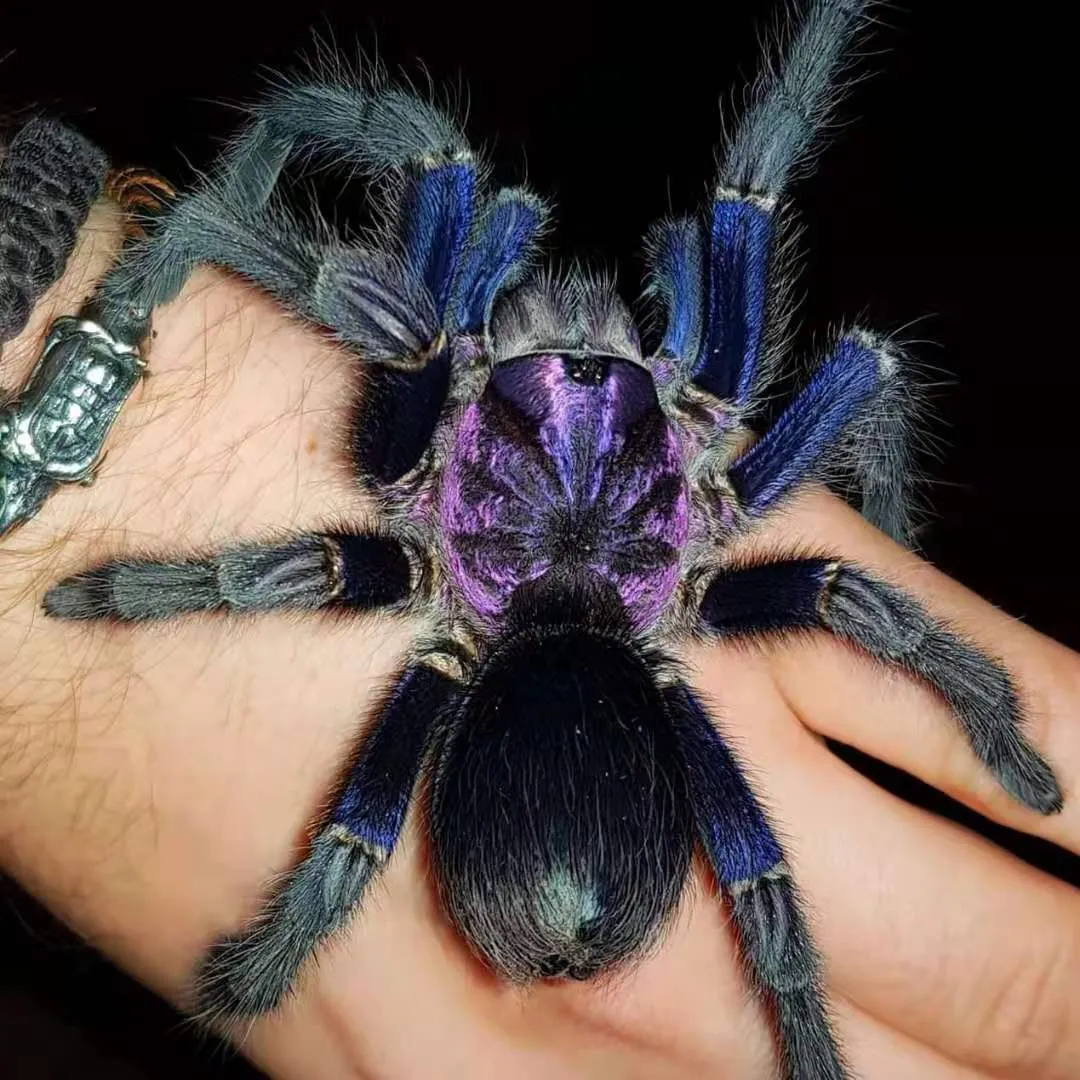
The size of a tarantula can influence its care requirements, with larger species often needing larger enclosures. Temperament is arguably more important. Docile tarantulas are less likely to bite or display defensive behaviors like kicking hairs (urticating hairs). Beginners should prioritize species known for their calmer dispositions to minimize stress and ensure safe handling, if desired. Always remember that each tarantula has a unique personality, even within the same species, but generally certain species are known for being more relaxed than others.
Lifespan and Care Requirements
Tarantulas can live for many years, with some females living for over 20 years. This longevity means a significant commitment. Beginner-friendly species often have more forgiving care requirements, making it easier to maintain a healthy environment. This includes the need for suitable substrate, humidity levels, temperature, and a proper diet. Researching the specific needs of any tarantula before acquiring it is essential. Ensure you can provide a stable environment with consistent care.
The Top 5 Beginner Tarantula Species
Now, let’s explore some of the best beginner tarantulas for sale, known for their ease of care and gentle nature. These species offer a great starting point for those new to tarantula ownership, providing an enjoyable and rewarding experience.
The Chilean Rose Hair Tarantula
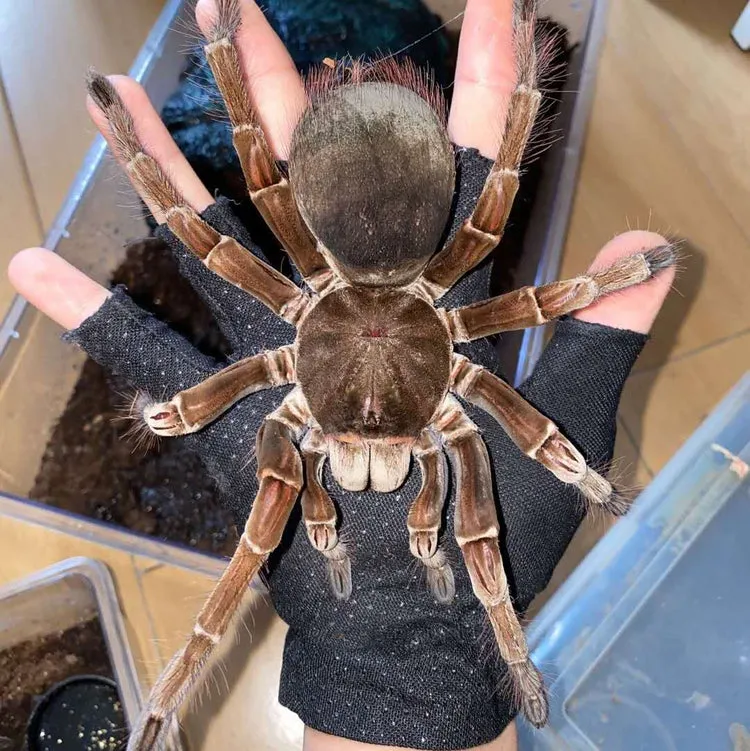
The Chilean Rose Hair (Grammostola rosea) is a classic choice for beginners, and for good reason. Their calm temperament and relatively low maintenance requirements make them ideal for novice keepers. These tarantulas are known for their docile nature, often allowing gentle handling. Their lifespan can reach over 20 years, making them a long-term companion.
Origin and Appearance
Native to the arid regions of Chile, these tarantulas are well-adapted to survive in diverse conditions. They have a muted brown coloration with rose-colored hairs, hence the name. They are of medium size, with a leg span of about 5-6 inches, making them manageable for beginners. These tarantulas are usually easy to identify and enjoy a beautiful look.
Care and Housing
Caring for a Chilean Rose Hair is straightforward. They thrive in a terrarium with a substrate of coconut fiber or peat moss, which helps retain humidity. A shallow water dish for drinking and occasional misting to maintain humidity are crucial. The temperature should be kept between 70-80°F (21-27°C). Feeding consists primarily of crickets, mealworms, or other appropriately sized insects. They are hardy creatures that tolerate a range of conditions.
The Pinktoe Tarantula
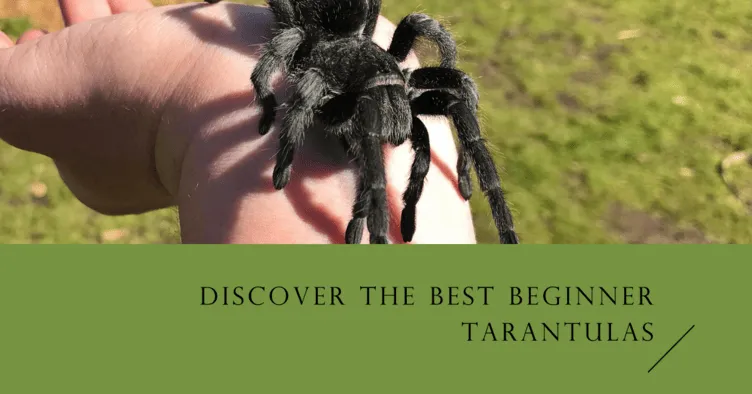
Pinktoe tarantulas (Avicularia avicularia) offer a beautiful addition to any collection. While they can be slightly more delicate than the Chilean Rose Hair, their stunning appearance and manageable care make them popular. These arboreal tarantulas prefer to climb and perch, and their colorful toes and overall appearance are amazing.
Appearance and Behavior
Pinktoes are easily recognized by their pink foot pads and iridescent bodies. They are relatively small, with a leg span of about 5 inches. Unlike many other tarantula species, they tend to be very skittish. Their arboreal lifestyle means they prefer climbing, making their enclosure requirements unique. These spiders are not very aggressive but are quick to move and should be observed at a safe distance.
Housing and Feeding
Their enclosure should be taller than wide, allowing for climbing opportunities, such as branches or artificial plants. Maintain humidity with a substrate and misting, as they come from more humid environments. Feeding is similar to other species. They do not need a lot of space. Provide appropriately sized insects and a shallow water dish. Their appearance is one of a kind.
The Mexican Red Knee Tarantula
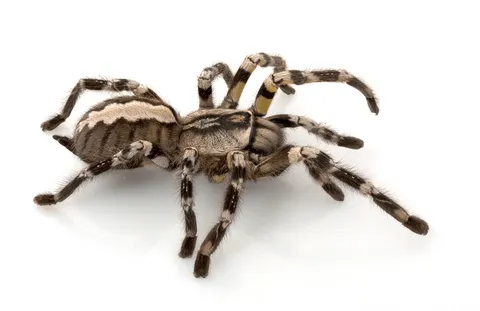
The Mexican Red Knee (Brachypelma hamorii) is another excellent choice for beginners. They’re known for their striking appearance, with black and red banding on their legs, and are relatively docile. They are a bit larger than some other beginner species, adding to their impressive display. They are also very popular in the hobby.
Appearance and Temperament
These tarantulas are recognized by their contrasting black body and vibrant orange/red markings on their leg joints. Their docile temperament makes them relatively easy to handle, although caution is always advised. Their impressive size and striking appearance make them a favorite among many keepers. They are quite slow and are often seen outside their burrows.
Habitat and Diet
Provide a terrestrial setup with a substrate of coconut fiber or peat moss. They require a hide for security, such as a piece of cork bark. Maintain moderate humidity with a water dish and occasional misting. Feeding is similar to the Chilean Rose Hair, with appropriately sized insects being the primary food source. The Mexican Red Knee requires a good environment to be in a good mood.
The Curly Hair Tarantula
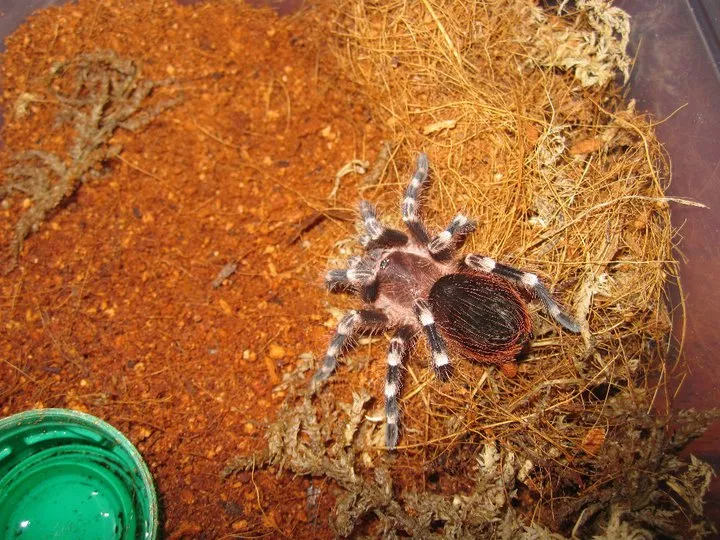
The Curly Hair (Tliltocatl albopilosus) is another fantastic option for beginners, with a distinctive appearance and a reputation for being docile. Their unique hairy appearance gives them their name, and their calm temperament makes them well-suited for those just starting in the hobby. They are also relatively easy to care for, making them a good choice. They are available for sale and are found in many locations.
Appearance and Handling
The Curly Hair Tarantula gets its name from the abundance of brown hairs that curl on its body. They have a sturdy build, and their calm nature often makes them more tolerant of handling. However, it is always crucial to respect the animal and avoid unnecessary handling, and to handle carefully if one desires to do so. Always practice safety when handling a tarantula.
Enclosure and Diet
A terrestrial setup with a substrate of coconut fiber or peat moss is ideal. A hide, such as a piece of cork bark or a hollow log, provides a sense of security. Maintaining humidity with a water dish and occasional misting is important. Feed the Curly Hair Tarantula a diet similar to other beginner species. The curly hair can be a delight to watch.
The Costa Rican Zebra Tarantula
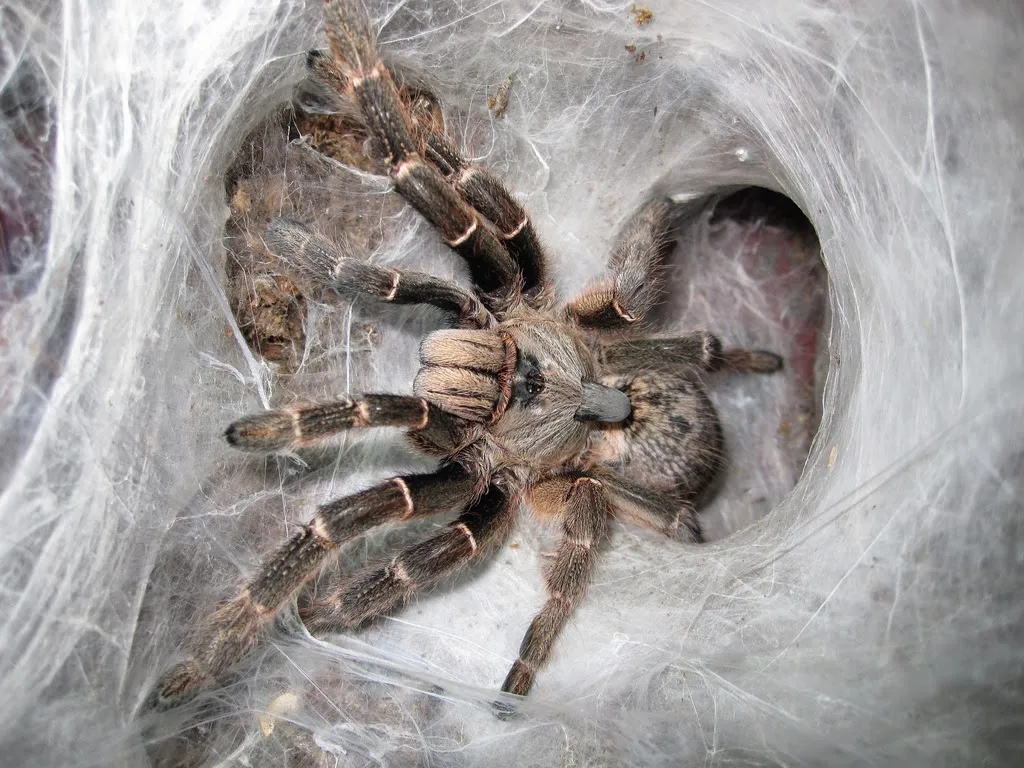
The Costa Rican Zebra (Aphonopelma seemanni) is another terrestrial species known for its striking appearance and manageable care. These tarantulas are characterized by black and white stripes on their legs, giving them a zebra-like pattern, which is very cool. They are known for being relatively calm and are suitable for beginner keepers. They are not very fast.
Appearance and Temperament
The zebra-striped legs are the most distinctive feature. They are typically docile but can be skittish. They are not particularly defensive. They are not very large, adding to their manageable nature, and their relatively calm temperament makes them a good choice for those new to the hobby. They provide a great look.
Care Guide
Their care is like other terrestrial species. Offer a terrestrial setup, substrate, and a hide. Moderate humidity is fine. Regular feeding of appropriately sized insects is recommended. These are very pretty spiders. Ensure the proper setup and provide great care. They are easy to take care of, and are therefore a great choice.
Where to Buy Your Beginner Tarantula
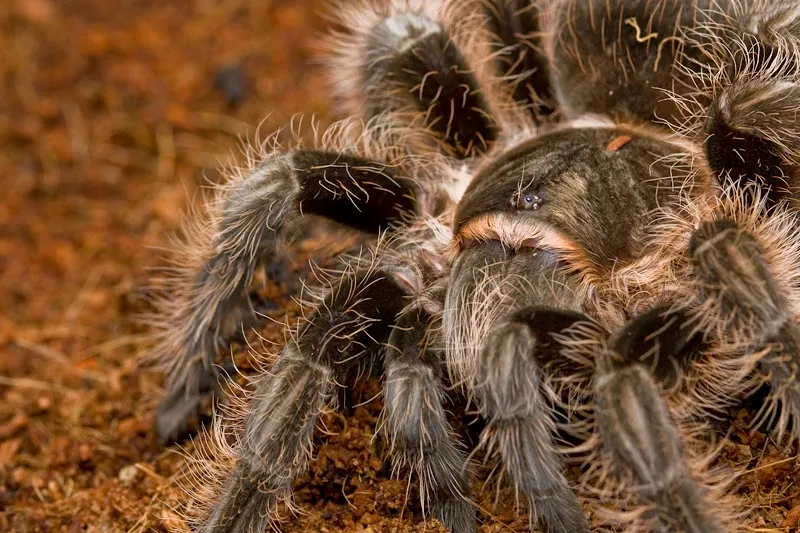
Finding a reputable source is crucial. There are many tarantulas for sale. The health and well-being of your tarantula depend on where you get it. Choosing the right source ensures the safety and health of the animal.
Reputable Breeders vs Pet Stores
Reputable breeders often specialize in specific species, providing detailed information about their tarantulas’ lineage and care. They tend to have healthier specimens. Pet stores can be a convenient option, but it’s essential to check the tarantula’s condition. Look for active spiders and clean enclosures. Research the store’s reputation before making a purchase. Purchasing from a breeder is highly recommended.
What to Look for When Buying
When selecting your tarantula, observe its behavior. An active tarantula is usually a healthy one. Check for signs of illness, such as lethargy, lack of appetite, or unusual movements. Examine the enclosure for cleanliness and appropriate conditions. Be wary of tarantulas that appear listless. Check for any injuries or missing limbs.
Essential Supplies for Your New Tarantula
Setting up the proper environment is essential for your tarantula’s health. Having the right supplies ensures your new pet can thrive. You can usually purchase starter kits, but you should still research the items before you buy.
Enclosure Setup
Choose an appropriately sized terrarium, depending on the species. Consider the size, and make sure it is large enough. Provide a substrate that retains moisture, such as coconut fiber or peat moss. Add a hide, such as a piece of cork bark, for security. Include a shallow water dish for drinking. If you have an arboreal species, make sure to add climbing materials, like branches or fake plants. Keep a thermometer and hygrometer in the enclosure for monitoring the temperature and humidity levels. Make sure to check all the items.
Feeding and Watering
Feed your tarantula appropriately sized insects, such as crickets, mealworms, or roaches. The frequency of feeding depends on the tarantula’s size and age. Young tarantulas may need to be fed more often than adults. Always provide a shallow dish of clean water. Ensure the water dish is accessible but safe for the tarantula. Remove any uneaten insects promptly. Make sure the tarantula is healthy and getting enough food and water. Check the tank often.
Conclusion Keeping a Beginner Tarantula
Owning a tarantula can be a fascinating experience. Choosing a beginner-friendly species is a great way to start. Remember to research your chosen species thoroughly. Provide the proper care and environment, and you will be rewarded with a unique and rewarding pet. These amazing creatures offer a unique glimpse into the world of arachnids, and they are all available for sale.
